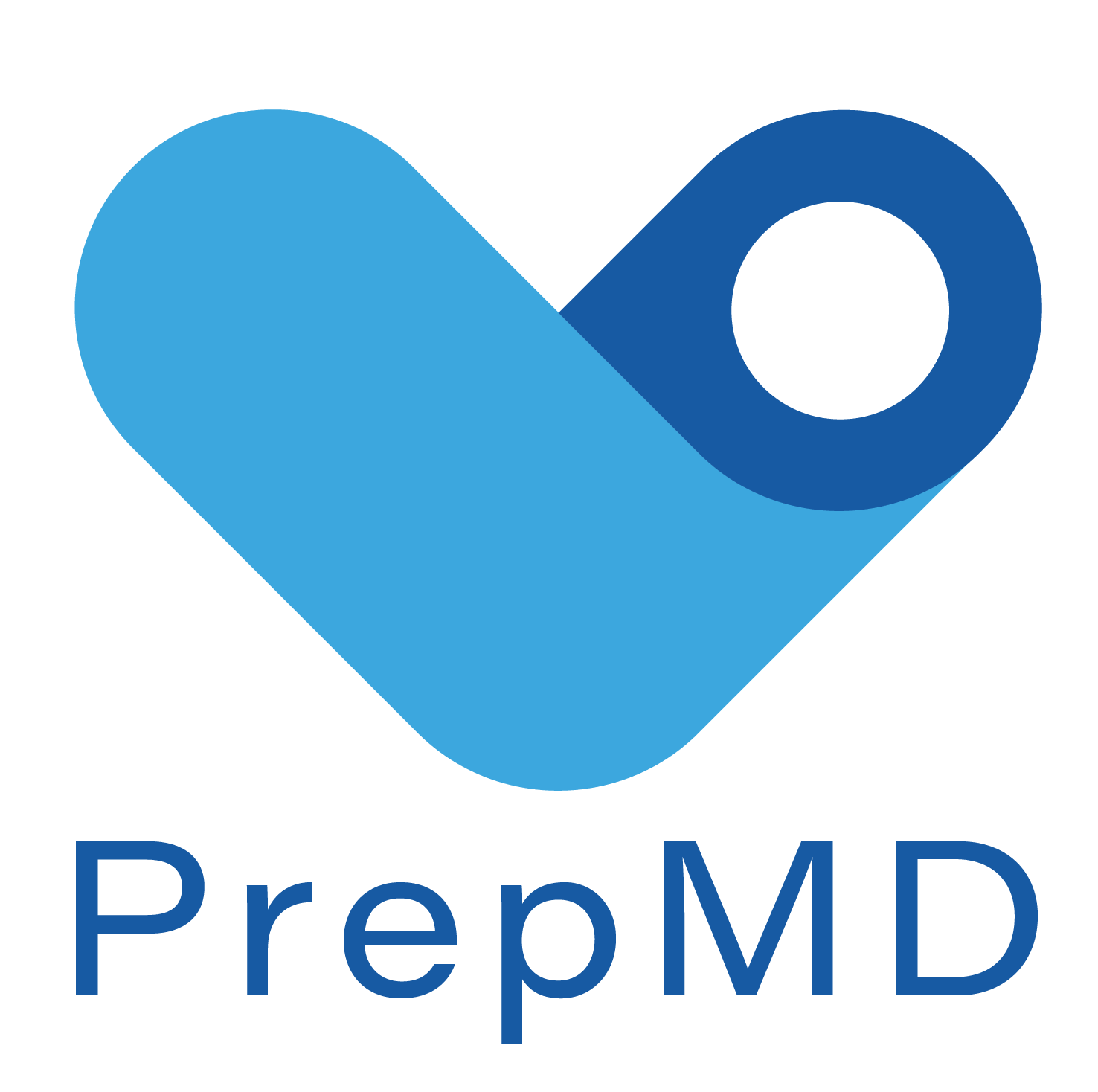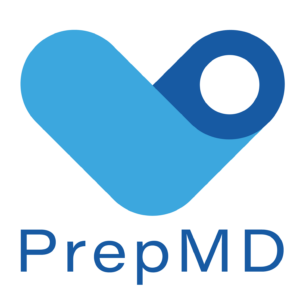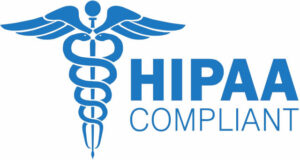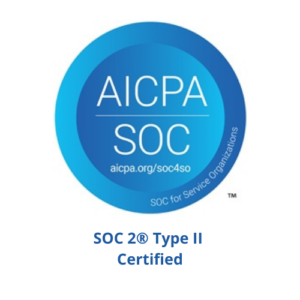Heart failure (HF) monitoring plays a critical role in delivering proactive, patient-centered care—but only when integrated into clinic workflows with the right tools and team coordination. Despite availability, a 2023 review noted fewer than 30% of eligible patients benefit from CRT-based HF diagnostics—due largely to workflow limitations and operational silos.
Many cardiac device clinics hesitate to fully leverage HF diagnostics from CRT devices due to complexities in routing, cadence management, and coordination between care teams. The result? Missed opportunities for early intervention, increased provider burden, and inconsistent patient outcomes.
At the core of this issue is a simple but important reality: CRT devices—while a type of cardiac implantable electronic device (CIED)—report both HF and arrhythmia data, yet the workflows and systems supporting clinical teams aren’t always designed to accommodate that dual functionality efficiently.
I. Key Challenges in Implementing Heart Failure Monitoring Workflows
One Device, Separate Teams
While CRT devices generate both HF and arrhythmia diagnostics, those data streams need to be assigned to separate clinical teams—electrophysiology (EP) and heart failure (HF)—in a unified workflow. This misalignment can lead to confusion, redundancy, and critical information slipping through the cracks.
Monitoring Cadence Mismatches Increase Risk
EP reports typically follow a 91-day cadence, while HF monitoring often requires a 31-day rhythm. Yet these diagnostics are combined in a single stream. Manually parsing out what needs to be reviewed and when can be burdensome, and risks allowing clinically relevant HF data to go unreviewed—sometimes for weeks.
Workflow & Billing Confusion
Accurate team routing and billing depends on clean data segmentation—but most clinics lack the built-in infrastructure to support this. Without a streamlined process, many teams face administrative overload and compliance risks.
Rigid Systems, Limited Options
Without flexible software, clinics are left without solutions to customize HF monitoring from CRT devices. Ultimately, clinics need configurable workflows and the ability to intensify monitoring when HF risk increases—without disrupting CIED data flow for other device patients.
II. PrepMD OMNI: Purpose-Built for Coordinated CIED Monitoring
PrepMD OMNI was designed to help clinics navigate these challenges—not with a one-size-fits-all model, but with intelligent, clinician-driven workflows that adapt to your team’s, and patients’ real-world needs.
Flexible Monitoring Cadence
PrepMD OMNI enables clinicians to start with a standard 91-day cadence, with the ability to shift individual patients to a 31-day schedule when HF concerns arise—and just as easily de-escalate when stability returns—improving response times and aligning with best practices in heart failure care. This dynamic flexibility supports precision care without overextending resources.
Smart Report Routing
PrepMD OMNI’s automated report assignment tools ensure diagnostics go to the right hands:
- EP data is routed to EP teams
- HF data goes to HF teams
- Both teams retain shared access for full transparency and collaboration when needed. This eliminates duplication while supporting multidisciplinary care.
- The system allows for separate and independent documentation for each care path.
Collaborative Case Management
PrepMD OMNI supports shared case ownership—allowing HF and EP teams to work from a unified profile, with role-based actions and visibility. This bridges the gap between specialties and fosters a more integrated approach to care.
Built-in Billing Logic
With OMNI Care Cycles, clinics do not need to manually track billing intervals. Care Cycles are set up to:
- Track all patient activity on a rolling basis
- Ensure billing intervals are satisfied
- Track upcoming service dates & identify overdue service dates
This ensures billing compliance for both HF and arrhythmia monitoring, even when they stem from the same CIED.
III. What It Means for Patients
By solving operational and billing complexities, PrepMD OMNI helps your team spend more of their time on patient care. That includes:
- Timely escalation or de-escalation of care
- Coordinated action from both HF and EP teams
- Individualized monitoring for each patient
- Greater patient confidence in their care journey
These desirable outcomes align with the latest ACC/AHA guidelines on heart failure management—emphasizing timely, team-based, and individualized monitoring practices.
IV. A Consultative Note to Clinicians
The 2023 HRS Expert Consensus Statement makes it clear: CIED-based remote monitoring should be collaborative, dynamic, and patient-specific. Here at PrepMD, we understand how difficult that is without the right tools in place.
PrepMD OMNI was built to address this challenge—helping your team coordinate across specialties, adjusting monitoring as patients’ needs change, and staying aligned with billing rules—all without increasing your administrative burden.
HF monitoring doesn’t have to be risky or inconsistent. With PrepMD OMNI, it becomes a structured, adaptable, and clinically sound part of your CIED workflow—empowering you to do what you do best: care for your patients.
Frequently Asked Questions (FAQ)
What is the ideal cadence for heart failure remote monitoring?
While many clinics default to a 91-day monitoring cadence—often tied to standard device follow-up workflows—a 31-day cadence is more appropriate when patients show signs of heart failure (HF) decompensation. This more frequent review supports timely clinical intervention and aligns with best practices in HF care.
How can clinics overcome workflow challenges in CIED-based HF monitoring?
Adopting flexible tools like PrepMD OMNI allows teams to assign data efficiently, automate cadence changes, and reduce administrative load.
What features support billing and documentation in HF monitoring systems?
Built-in billing logic, automated interval tracking, and team-specific HF documentation offered by advanced platforms like PrepMD OMNI help reduce missed revenue opportunities and ensure compliance.
References
- Heidenreich PA, et al. “2022 AHA/ACC/HFSA Guideline for the Management of Heart Failure.” Journal of the American College of Cardiology, 2022.
- Singh JP, Varma N. “Device-Based Monitoring of Heart Failure: Evolution of a Clinical Paradigm.” Arrhythmia & Electrophysiology Review, April 24, 2023.
- Ferrick A, et al. “HRS Expert Consensus Statement on Remote Monitoring of Cardiac Implantable Electronic Devices.” Heart Rhythm Society, 2023.






